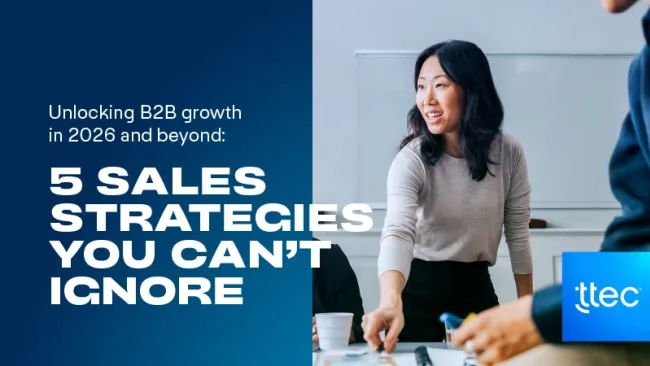Big-box retailers are formidable players in the market. The three biggest retailers in the world alone (Walmart, Amazon, and German grocer Schwarz Group) generated more than $1 trillion in sales in 2022 and they offer a growing number offer conveniences like free, fast shipping and easy returns that can be hard for smaller brands to match and scale.
But modern shoppers don’t decide where to shop based on a retailer’s size or nationwide footprint. Increasingly, they choose to spend their dollars with brands that offer customized experiences and meet customer needs quickly.
And there are fewer big-box options available to shoppers these days, as some big chains shutter stores. More than a dozen major retailers plan to close more than 1,400 stores in 2023 alone.
These trends present a great opportunity for smaller retailers to gain customers and grow market share. Here are a few ways any retailer, regardless of size, can stand out from the crowd and compete with big-box chains by focusing on customer experience (CX).
1. Make experiences more personal
Personalization is key to differentiating yourself in the competitive retail landscape. Customers want to shop with a brand they feel really knows them, understands their taste, and can anticipate their needs. That’s what can set you apart from the rest of the pack.
You have so much data at your fingertips: what shoppers buy, when they buy it, how much they spend with you, what drives them to contact customer support. Don’t let all that information go to waste; use it to glean insights that can improve your customer journey and keep shoppers coming back.
Data analytics gives you the power to really understand your customers and how or why they behave the way they do. With these powerful insights in hand, you can attack pain points in the customer journey and identify opportunities to make interactions quicker and easier, all of which improves the customer experience and your share of wallet.
2. Anticipate shoppers’ needs
One way to show you truly understand and know your customers is to predict what they’re going to want or need from you next. It’s no longer enough to meet customer needs quickly and seamlessly; you need to anticipate their next move and have an offering ready for them – even before they realize they want it.
Tools like predictive analytics and voice of the customer are able to give you a strong grasp on your customers’ intents, the reasons why customers shop with you and why they interact with your brand. When done correctly, you can use that information to craft recommendations and proactively offer perks (like rewards or a loyalty program) needed to grow customer loyalty and sales.
3. Maximize efficiency with technology
Technology should play a key role in any successful CX strategy. On top of enabling customer-facing features that shoppers want (like mobile ordering and payment options), tech presents a huge opportunity for retailers to streamline their operations behind the scenes and to save money that can be invested into other parts of the business.
Automating parts of the customer journey where it makes sense, optimizing workflows and processes to get the most out of your customer service associates, and improving back-office systems where possible will result in quicker interactions and better experiences for customers and associates alike.
But don’t adopt technology just for technology’s sake. Even the best tech won’t fix a broken customer journey, so you’ve got to lay the groundwork with the right CX strategy. Once you have that, you can thoughtfully choose the best technology to help you meet your goals.
The right partner can help
Working with a CX partner that specializes in retail is a great way to accomplish all of the above. The right partner will help you identify and implement the best mix of technology and people to elevate your customer experience.
By working with a partner, you’ll know your CX strategy is in expert hands, freeing you up to focus on your main mission: developing and selling the products your customers love.















